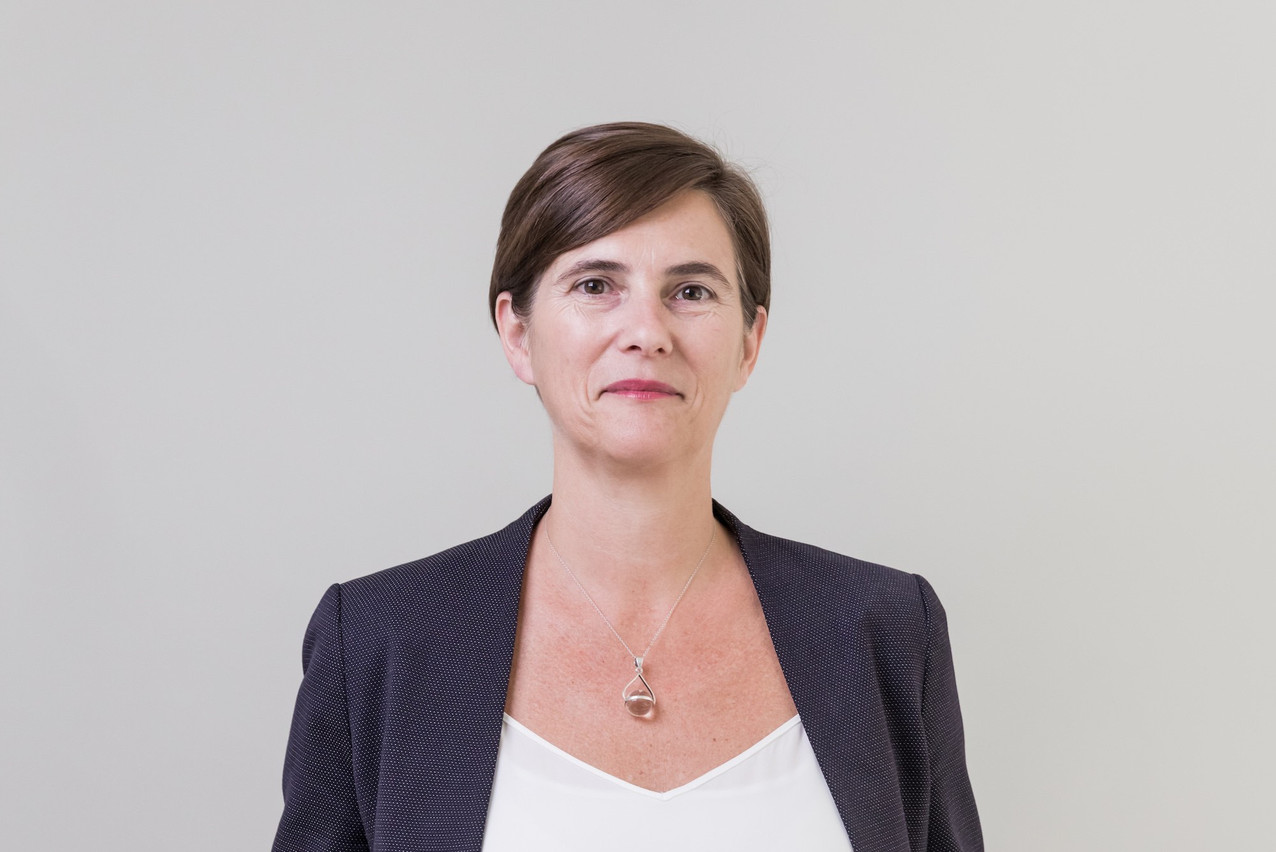Fund administrators, custodians, transfer agents, management companies (mancos), auditors and legal advisors play a key role in keeping investment funds ticking (and play a key role in Luxembourg’s funds ecosystem). Naturally, they all want to grow their business but must invest heavily to onboard new funds.
Which begs the question, how often do investment fund firms switch service providers? Monterey Insight attempted to answer that question by examining its proprietary database of Luxembourg fund service provider relationships. It has shared the results of its “affinity” research exclusively with Paperjam.
“We performed this quantitative analysis to understand whether funds changed service providers between two sample dates--31 December 2019 and 31 December 2023--and which service providers lost or gained the most funds between these sample dates,” according to Karine Pacary, managing director of Monterey Insight. “We are using the term ‘affinity’ to describe it.”
“There are many factors which impact affinity but this quantitative analysis attempts to provide some insight into which service providers perform the best--defined as retaining more funds--and those that fare less well,” Pacary explained. “Qualitative factors that are not considered but worth exploring are: level of expertise, quality of service, value for money and quality of support of technology platforms.”
Similar and dissimilar affinity rates
“Within the service provider landscape, we found similar affinity rates amongst admins (87% affinity), transfer agents (87% affinity) and custodians (89% affinity). Standing out of the group lie the mancos/AIFMs, who had an average affinity of 94%. We have excluded auditors because they are subject to the mandatory audit firm rotation law, which require funds to change auditors every 10 years.”
“Amongst administrators, private equity/venture capital, property/real estate and alternative investment showed the least affinity (average 78%),” she told Paperjam. When it came to retaining mancos/AIFMs, custodians and transfer agents, private equity/venture capital, property/real estate and alternative investment funds “were all in the lowest--fourth and fifth--quintile of affinity. One possible reason for this is the number of individual sub-funds in these investment strategies is much greater than the other strategies. Indeed, we found that asset allocations with a greater number of sub-funds had a lower affinity than the those with fewer.”
Pacary said she was most surprised by the fact that “private equity/venture capital, private debt and property/real estate funds are more likely to change administrators than equity/bond funds. Interestingly, these private asset funds are more likely to be unregulated than regulated: 70% unregulated vs 30% regulated.”
The firm did not speculate on the reasons for this gap. Whether or not that means the managers of unregulated fund structures (like Luxembourg limited partnerships, Raifs and Soparfis) are more nimble decision-makers or simply more cost-conscious could not be teased out by Monterey Insight’s research.
Listed by quintiles
Monterey Insight provided Paperjam with two sets of affinity results. The first set lists companies in the top three quintiles by service provider type. Each company’s specific affinity score remains proprietary, so Monterey Insight has presented these results by quintiles that represent the distribution of affinity. Due to the distribution of data, when it comes to administrators, for instance, the quintile thresholds were, from 1st to 5th respectively, 100%, 96%, 94%, 89% and 78%.
We have not included statutory auditors in these tables due to the mandatory auditor rotation rule, which requires funds to switch auditors at least every 10 years. Affinity scores could be artificially influenced, and thus not be truly indicative, by the more or less random factor of where firms fall in their rotation cycle.
Affinity rates by type of fund
The second set of data produced by Monterey Insight looks at collective affinity rates across all funds tracked in an asset classes.
Methodology
Monterey Insight is a fund industry research outfit providing market intelligence reports on the UK, Jersey, Guernsey, Ireland and Luxembourg.
To produce affinity rates, it screened its proprietary database for service provider contracts. Monterey Insight analysts included all the funds that remained with the same service provider between 31 December 2019 and 31 December 2023.
The firm only included third-party funds, excluding in-house funds (which presumably would have stayed with their sister firm in any case) that could have skewed the results. To ensure a level playing field, analysts excluded new funds and service provider mergers.
All qualified service providers are Luxembourg-based and have more than 10 funds/subfunds listed under their Monterey Insight database entry as of 31 December 2023.
An affinity rate of 83.45%, for example, means that a service provider retained 83.45% of the fund/subfund mandates that they held on 31 December 2019 until 31 December 2023.
This article originally appeared in the October 2024 on private market funds and Luxembourg’s fund ecosystem
